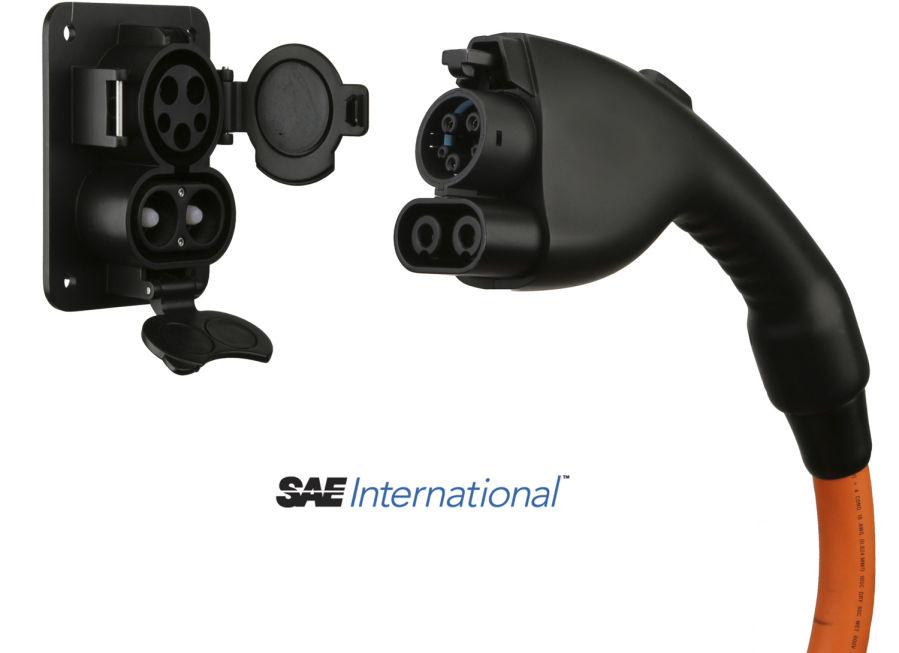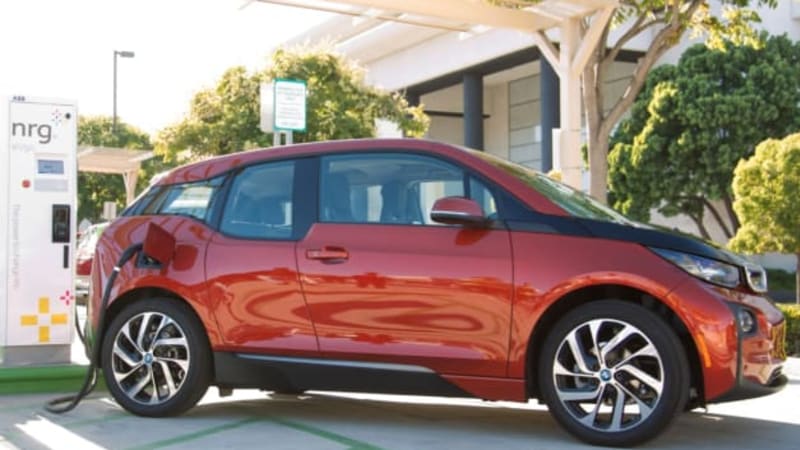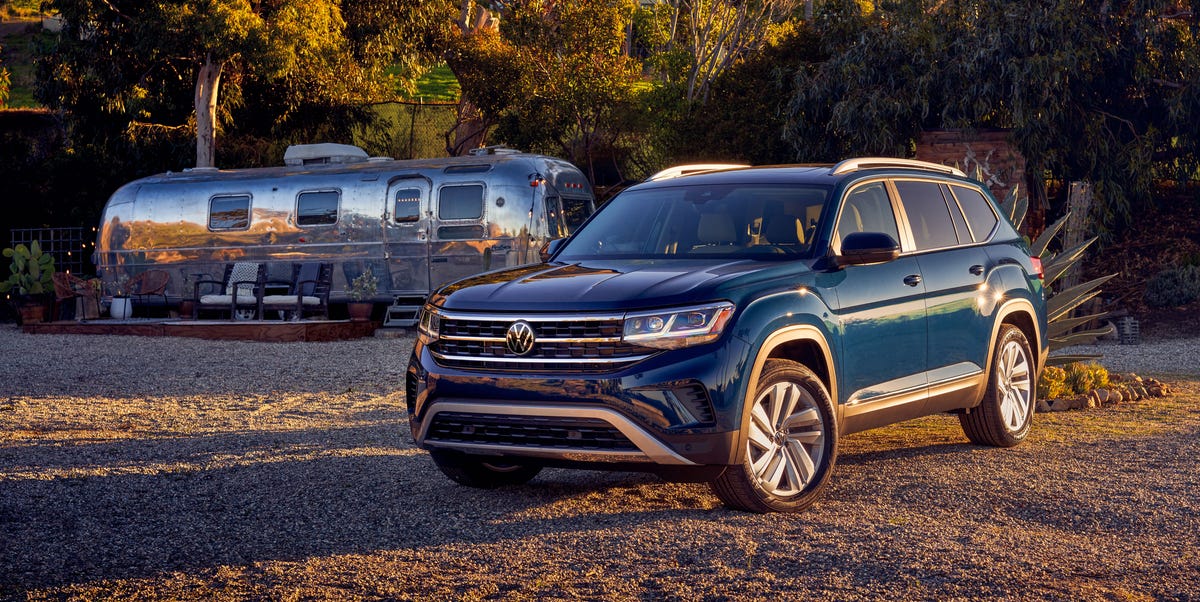If Tesla can scale DBE they'll have an advantage here. Otherwise not really.
It's ultimately all about battery supply and Elon has seen this for at least 7 years, probably longer. That's why the first Gigafactory was built.
Right now BEVs are still somewhat constrained by consumer demand. Demand is a little higher than supply, but only a little bit. The bulk of the public has not realized that BEVs are better cars in almost every way. All supply is constrained due to the electronics shortage, but before the pandemic thing were shaping up for a mild over demand.
With new tech there are usually stages for demand. The early adopters jump in early and put up with the inevitable bugs while the tech is worked out. Then the early mainstream start to pick up on it. That's where we are now. The bulk of the bell curve hasn't jumped on board when early mainstream are getting in, but the first signs of flood are starting. When the bulk of the mainstream jump on board, demand skyrockets.
When consumer demand hits that inflection point BEVs will all become an issue of battery supply. If the inflection point happens in the next year or two, a lot of car companies are screwed because they will be able to make a lot of ICE nobody wants and unable to make enough BEVs that people do want.
Legacy can stretch constrained battery supply much further via city EVs and PHEVs. As gov'ts realize small battery EVs deliver 3-4x as much CO2 reduction per precious (and often imported) kWh, subsidies and mandates may shift.
Lucid with 500+ miles "any day now". EQS in September (?) is 478 miles WLTP. Audi's etron GT recently took top spot in Bjorn's 1000 km test thanks to fast charging. I expect Plaid to reclaim the crown, but legacy is hardly "5 years behind".
Superchargers are more prevalent than CCS in the US, but there's only a small advantage in Europe and China. In fact, NIO's battery swap might be more convenient for the typical Chinese urban car buyer.
A few months ago I watched a British documentary where they loaned, I think a VW EV to a couple who were thinking about a new car. They had loaned the same couple a car two years earlier and they found it an awful experience. For the second round they had a longer range car and the show installed an EV charger at their house.
They were much happier with the second car and found themselves fighting over who could have it to go to work each day. But when they tried taking a road trip to London, they found finding chargers and figuring out how to pay for them was an extreme headache. Each charger brand had a different way of paying and figuring out if the charger in a given location was compatible with their car was a roll of the dice. They also had some issues with backed up chargers because some locations only had 1 or 2 fast chargers.
They did note at the end of the segment that Tesla's superchargers are much simpler, but they were looking at cheaper EVs and how people who were not knowledgeable about them would deal with them.
What is available to buy today are EVs with range comparable to Tesla a few years ago. There are EVs coming that will be longer range, but at the moment that's vaporware.
I don't see anyone ever selling a single EV model at 3/Y volumes. Legacy spreads sales out over many models and brands. Model 3 is #1 in Europe, but MEB (ID3/4/Enyaq/Q4) are way ahead. And MEB is only ~half of VAG BEV sales this year, and BEVs are only ~half of their EV sales.
Nothing new. A bunch died in the last 10 or so years. Oldsmobile, Pontiac, Saturn, Plymouth, Mercury, etc. Hummer died and is resurrecting.
Somebody is going to end up selling pickups in 3/Y volumes. Ford is the leading candidate at the moment, but if they don't get enough batteries either GM or Tesla will sell that many.
I wasn't talking about nameplates dying, I was talking about entire car companies going the way of the dodo bird. I think Stellantis (Fiat-Chrysler-Peugeut) will be first. Toyota has a long ways to fall, but they are way behind the curve compared to most of the competition because they poured so much into fuel cells.
The Stellantis merger is the first sign. It happened in the US market in the 50s through 70s as the smaller car companies ate each other. American Motors merged with several companies and finally merged with Chrysler. We will likely see more smaller companies merge to try and hold on. Eventually they will either go bankrupt and cease to exist, or one of the more survivor companies will buy them and essentially dissolve most of the company.
I think the main problem for the legacy car companies is group think. Most engineers actually understand how much worse their product is than Tesla’s, how much worse their work is than the Tesla engineers’ work is. Some of it is because the engineers are worse and lazy, but a lot is because the management and organization is worse and has the wrong vision. But managers need to keep the illusion so they keep feeding the higher up good news that they will remain the leader in technology in e-mobility etc. This might be good for morale, but it is also preventing them from understanding that they have a problem and turning around the boat. What is needed is either a totally new clean slate company or a brutally honest and brutally hard working boss like Elon Musk.
If you are an engineer working at Radar fusion for VW and listen to Karpathy‘s latest presentation, how far behind will you not feel? If you work with electrical drivetrain for Porsche and see the Plaid carbon wrapped and 4680 batteries, how far behind do you not feel? If you work on OTA-updates for Polestar 2, how far behind do you not feel? When you work at optimizing automation and the production line at Lucid and read about the Gigapress how far behind do you not feel?
But will you communicate this clearly to every step of the way to the management? Will steps be taken to try to catch up? No, you just chug along one month at a time, doing what you are told while the ship is sinking. Because you know that there is no possible way to avoid the iceberg. Or you try your absolute best to believe that there is no iceberg, but the cognitive dissonance is getting worse every year.
When I started at Boeing I saw a lot of things that didn't make sense and commented on them. The answer was always the same: "It's the Boeing Way". Young engineers who see crazy stuff going on either learn to live with it or find another job. And the X Company Way continues.
Mary Barra has been working hard to turn the ship that is GM. She's sees EVs are the future, but she struggles with group think and dealers who don't want the new fangled EVs. The fact that the new EVs coming out are generating a lot of public buzz is helping curb dealer resistance and is helping to quell the internal resistance too, but the question of whether they can build enough vehicles in time to have the needed impact is hanging over every legacy car company.
GM is putting its limited EV resources into the Hummer first, which is a good strategy. That gets the quickest return possible for their investment. The first Hummers are going to have sky high profit margins.
As far as feeling behind, most engineers at car companies have felt behind at some point. When #3 US automaker Chrysler came out with the minivan, GM and Ford scrambled to produce their own minivans. So did several other car companies around the world. It's happened in several other areas too when one company innovates and the rest have to catch up.
They may be kicking themselves for being too complacent about Tesla expecting them to fail and they wouldn't have to worry about it, but I think they are up to the challenge.
As an aside, there is a YouTube discussion show done by US automotive insiders (I think it's called Autoline or something like that). Sandy Munro who came to fame for publishing what he found about the Model 3 has been a frequent guest. Back when the Model 3 was new and Tesla was struggling with production problems they sat around and speculated on which car company was going to buy Tesla. It was a foregone conclusion among all of them that Tesla was going to become a division of some established car company. Nobody is talking about that now.
Some people may be wondering the opposite, will Tesla end up buying a traditional car company? They may be forced to like some US banks were forced to merge with failing financial companies in the 2008//2009 financial crisis.














/cloudfront-us-east-2.images.arcpublishing.com/reuters/MYGSTNCJBJIG7PZFSHRXLV2ISY.jpg)